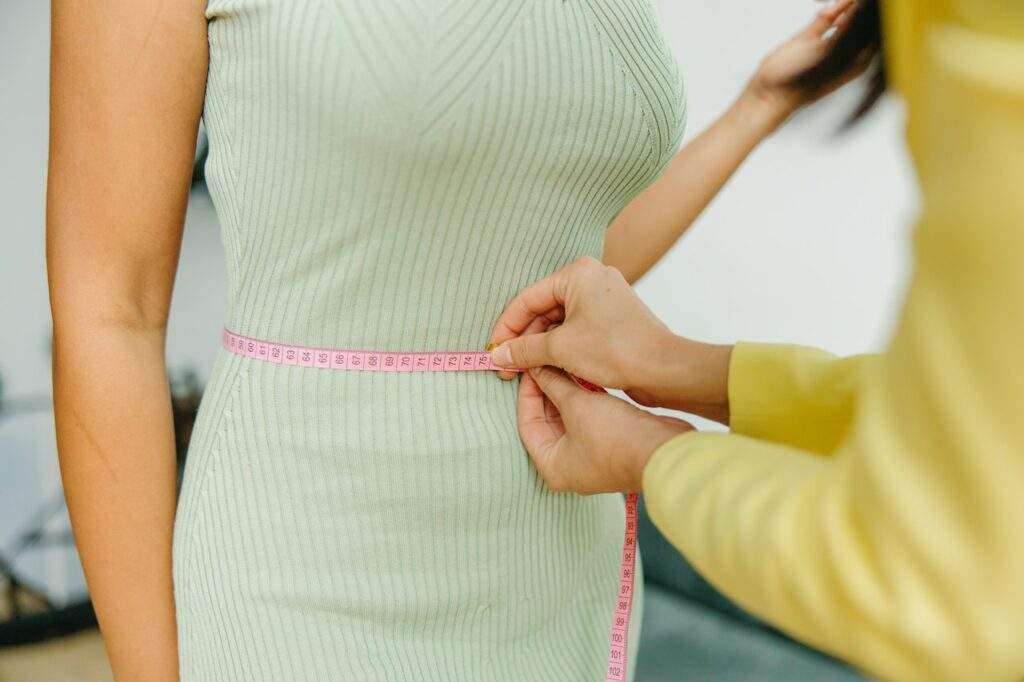
Losing weight can be challenging, especially for women. Hormonal changes, lifestyle factors, and busy schedules can make sticking to a diet plan difficult. However, following a healthy and balanced diet plan or a diet chart for weight loss for a female allows them to lose weight safely and effectively. Here is a detailed guide on the best diet plan for women to lose weight.
1. Set a Realistic Goal
Before starting any diet plan, setting a realistic weight loss goal is essential. A safe and sustainable rate of weight loss is one to two pounds per week. Setting an achievable goal can help to stay motivated and avoid frustration.
2. Choose Whole Foods
Whole foods are the foundation of a healthy and balanced diet plan. These nutrient-dense foods provide the body with the necessary vitamins, minerals, and fibre. Examples of whole foods include fruits, vegetables, lean proteins, whole grains, and healthy fats.
3. Focus on Protein
Protein is an essential macro nutrient that plays a crucial role in weight loss. It helps to keep you feeling full and satisfied, which can reduce overeating and snacking. Aim to include protein in every meal and snack. Some good protein sources include chicken, fish, lean meats, eggs, legumes, and nuts.
4. Include Healthy Fats
Healthy fats are essential for maintaining overall health and weight loss. They help to regulate hormones, reduce inflammation, and improve brain function. Some good sources of healthy fats include avocado, olive oil, nuts, seeds, and fatty fish.
5. Limit Processed Foods
Processed or packaged foods are often elevated in calories, sugar, and unhealthy fats. They can lead to weight gain and other health issues. Limiting processed foods and choosing whole foods can help reduce calorie intake and promote weight loss.
6. Drink Plenty of Water
Staying hydrated is essential for overall health and weight loss. Drinking plenty of water can help to reduce appetite, increase metabolism, and flush out toxins from the body. Aim to drink at least eight glasses of water per day.
7. Plan Your Meals
Planning your meals can help to reduce temptation and overeating. Choose healthy and balanced meals that include a variety of whole foods. Meal planning can also save time and reduce stress during the week.
8. Eat Mindfully
Eating mindfully means being present and aware of your food choices and eating habits. Avoid distractions such as television or smartphones while eating. Enjoy your meals, chew slowly, and stop when you feel full.
9. Supplements
While a healthy and balanced diet plan can provide the body with the necessary nutrients, some women may benefit from supplements to support weight loss. Here are some supplements to consider:
Multivitamin: A multivitamin can help to fill in any nutritional gaps in the diet.
Probiotics: Probiotics can improve gut health and digestion, supporting weight loss.
Fibre: Fibre supplements can help to reduce appetite, promote satiety, and improve digestion.
Omega-3s: Omega-3 supplements can reduce inflammation, improve heart health, and support weight loss.
10. Exercise
In addition to a healthy and balanced diet plan, exercise is essential for weight loss and general health. Aim to include at least 30 minutes of moderate-intensity everyday workout, such as brisk walking, jogging, cycling, or swimming. Strength training exercises, such as weightlifting, can also help to build muscle and boost metabolism.
It is essential to consult with a healthcare professional before starting any exercise program, especially if you have any health conditions.
Conclusion
Following a healthy and balanced diet chart for weight loss for a female, you can lose weight safely and effectively. Remember to consult with a healthcare professional before starting any weight loss program. Be patient, track your progress, get support, don’t deprive yourself, and consistently achieve your weight loss goals.